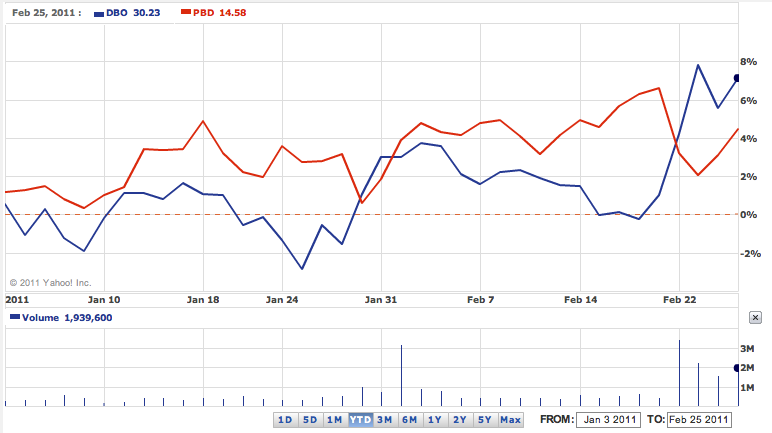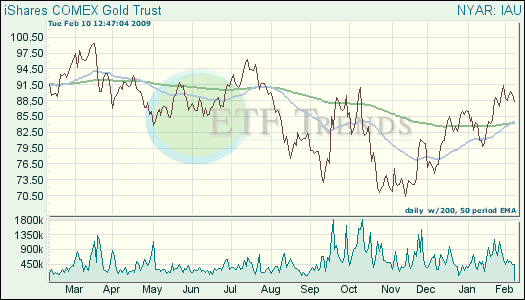FuturesBased Gold ETF
Post on: 6 Июль, 2015 No Comment

Commodity ETFs News:
In gold ETFs, bullion-backed funds receive most of the attention and assets. However, an ETF that uses futures contracts for exposure to the precious metal is getting a second look as gold goes into backwardation.
Backwardation occurs when the spot price is higher than the near future contract, and is a rare situation in gold. This market condition puts the focus on PowerShares DB Gold Fund (NYSEArca: DGL), which stands to benefit from backwardation.
Gold’s biggest backwardation since 1999 prompted a “corrective rally,” Bloomberg reports, citing Societe Generale analysts.
Backwardation is occurring amid reports of strong demand for physical gold, especially in China, after this year’s price decline.
“Backwardation is a concern in gold markets because in theory demand for physical delivery should never outweigh supply, since the amount of available gold is a known, fixed quantity. The event is not unprecedented, as it also happened during the financial crisis of 2008 and corrected itself the following year,” Reuters reports. “The current dislocation indicates that holders of gold futures have begun demanding delivery. But because of the large amount of leverage in the market, participants are not able to deliver on their obligations.”
DGL uses futures contracts to track gold prices. Other gold ETFs such as SPDR Gold Shares (NYSEArca: GLD), iShares Gold Trust (NYSEArca: IAU) and ETFS Physical Swiss Gold Shares (NYSEArca: SGOL) are backed by physical bullion.
“DGL has lagged the return of gold by more than 2% annualized since its 2007 inception, far in excess of its stated 0.75% expense ratio,” wrote Morningstar analyst Samuel Lee in a March profile of the ETF.
“Moreover, the gap was the result of consistent underperformance, suggesting the fund incurs predictable hidden costs,” he added. “The solution to the mystery may be DGLs unconventional structure (for a gold fund, that is): Unlike physical bullion funds, DGL replicates golds returns by owning futures contracts, which must be ‘rolled over’ frequently, creating potentially large trading costs.”

In other words, DGL can suffer when gold futures are in contango, or the spot price is lower than the closest future contact. However, the ETF’s tracking index seeks to minimize the effects of negative roll yield. The benchmark replaces expiring futures contracts with new contracts expiring in the month that offer the best roll yield.
DGL tries to minimize the losses from rolling in a contangoed market, and tries to maximize the roll benefits in backwardated markets, according to the prospectus.
Therefore, the current backwardation in gold could provide a tailwind for the futures-based ETF. [Commodity ETFs and Contango]
Full disclosure: Tom Lydons clients own GLD.
The opinions and forecasts expressed herein are solely those of John Spence, and may not actually come to pass. Information on this site should not be used or construed as an offer to sell, a solicitation of an offer to buy, or a recommendation for any product.














